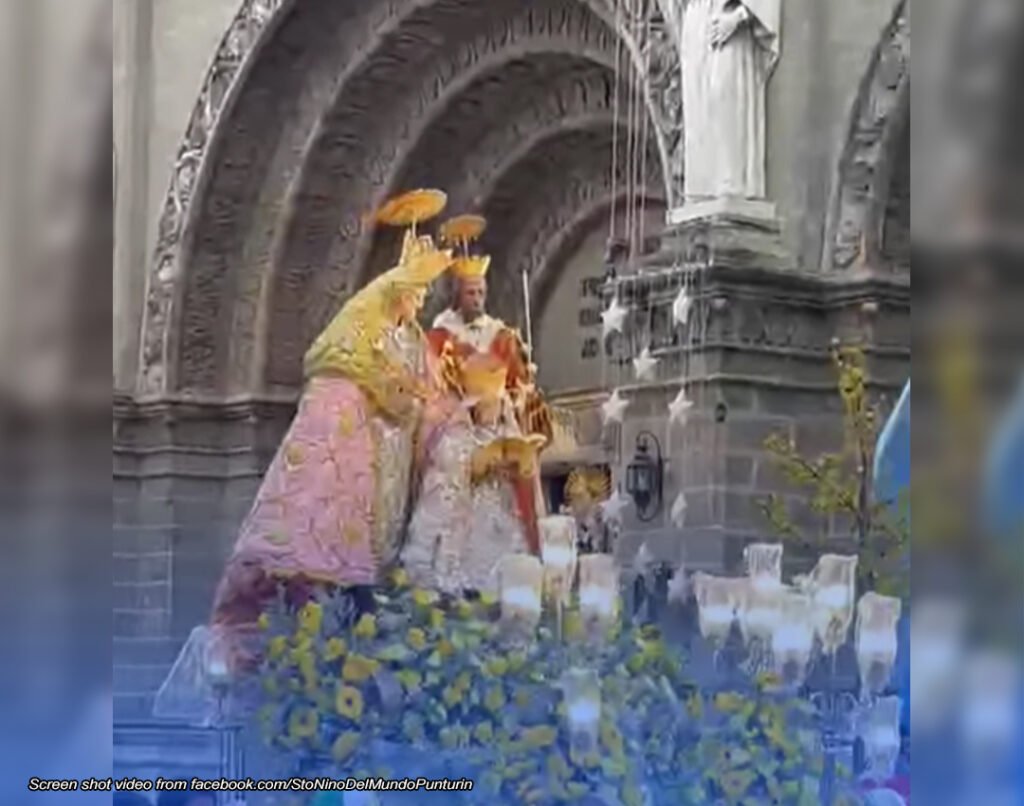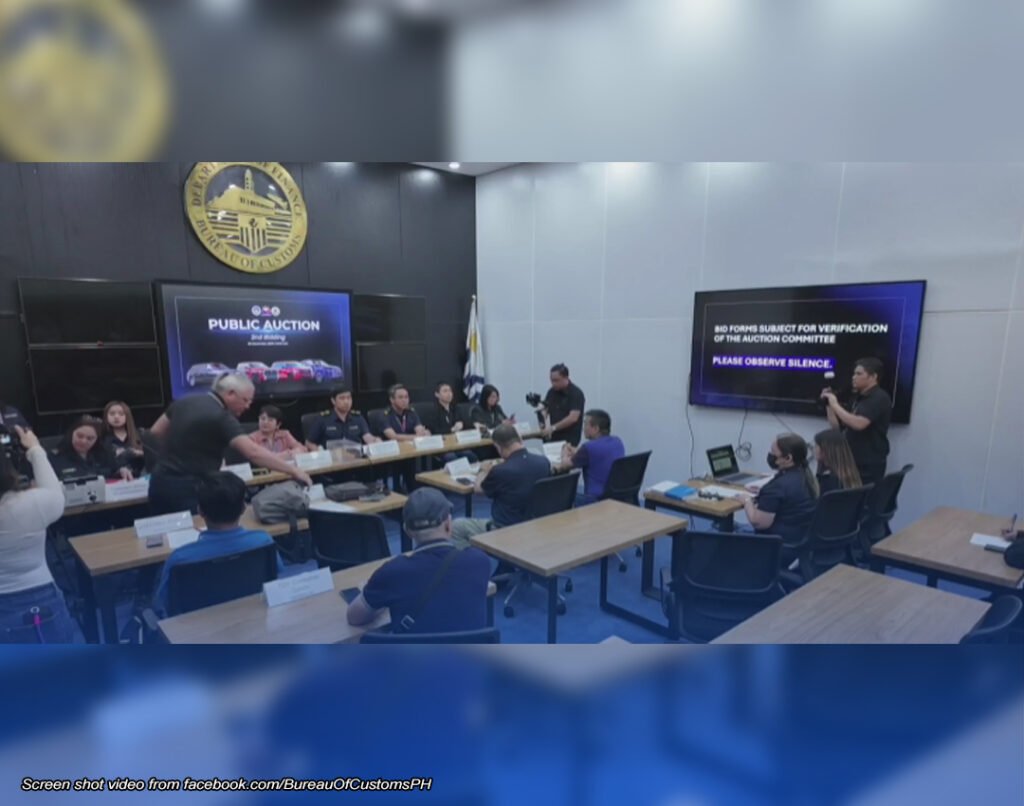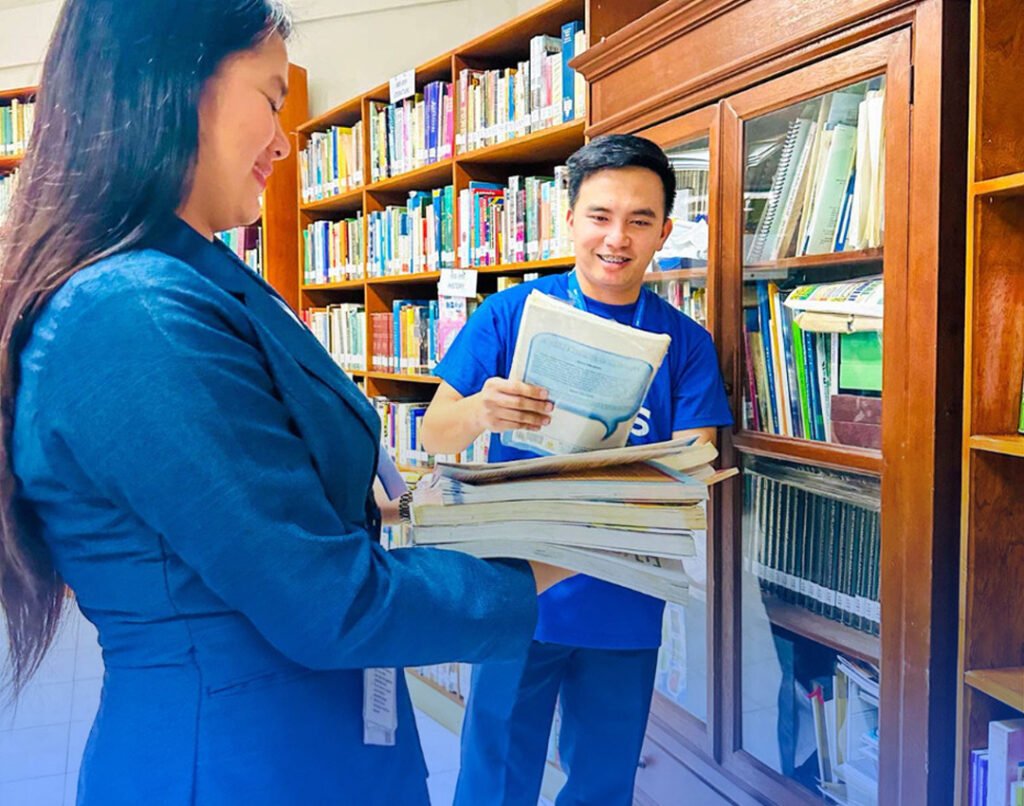Bureau of Corrections Director General Gregorio Pio P. Catapang Jr. directed the superintendents from various operating prison and penal farms (OPPFs) to explore their areas as ecotourism sites.
This innovative approach seeks to harness the natural beauty often found within these facilities allowing them to serve as more than mere correctional institutions.
Catapang noted that most of their OPPFs are usually surrounded by lush landscapes and vibrant ecosystems that could offer visitors a unique and immersive experience.
By developing these untapped potential of OPPFs as ecotourism sites, the Bucor chief envisions a multifaceted system that not only aids in the rehabilitation of inmates but also fosters a connection with nature and promotes economic growth.
Additionally the influx of visitors can significantly benefit local economies, as tourists whether local or foreign typically patronize nearby restaurants, shops, and accommodations, enhancing community vitality.
The financial benefits of this eco-tourism model extend beyond immediate economic gains, Catapang said as he emphasizes the importance of reinvesting proceeds into local communities and improving prison facilities and programs.
This creates a symbiotic relationship between tourism and community development, illustrating how such initiatives can uplift both inmates and surrounding neighborhoods.
Catapang’s vision promotes healing, education, and a sustainable future, making it clear that there is profound potential in recognizing the dual role of prisons as sites for rehabilitation and community enrichment.
There are seven OPPFs under the supervision of Bucor namely:
* National Bilibid Prison (NBP) in Muntinlupa City
* Correctional Institution for Women (CIW) in Mandaluyong City
* Iwahig Prison and Penal Farm (IPPF) in Palawan
* Davao Prison and Penal Farm (DPPF) in Davao
* San Ramon Prison and Penal Farm in Zamboanga City
* Sablayan Prison and Penal Farm in Occidental Mindoro and
* Leyte Regional Prison in Leyte
(Danny Bacolod)
 182
182




